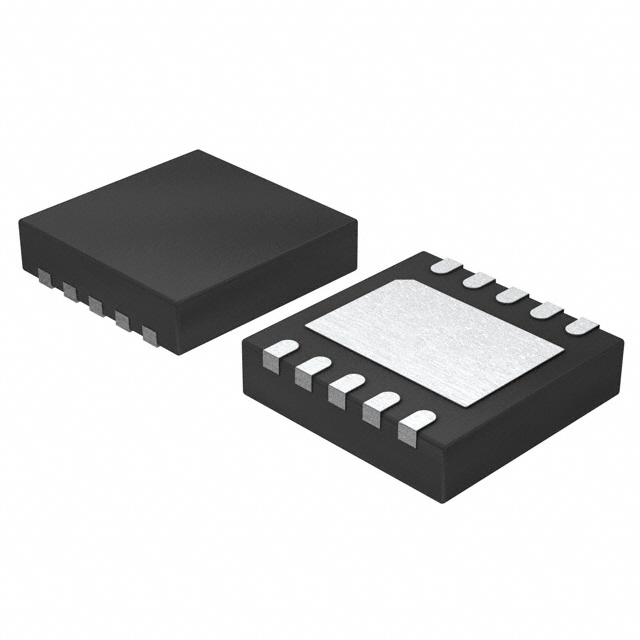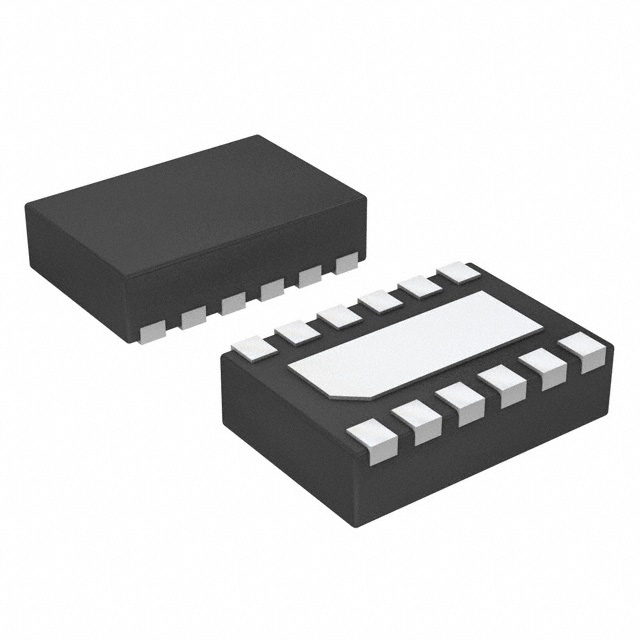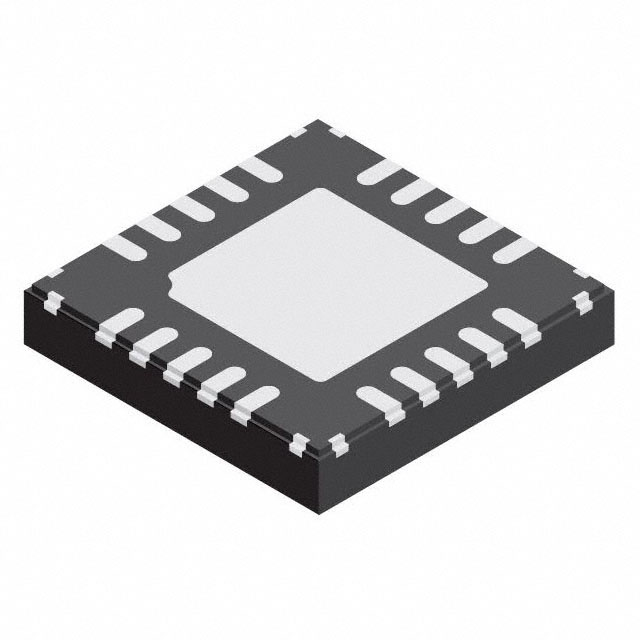

Introduction to Different Types of Electric Motors
As we all know, an electric motor is super important in almost every industry and has a ton of uses in different applications. There are many types of electric motors out there in the market, and choosing the right one depends on things like how it operates, the voltage, and what it’s used for. Every motor has two key parts: the field winding and the armature winding. The field winding's job is to create a constant magnetic field, and the armature winding is like a conductor that sits in that magnetic field. Thanks to this field, the armature winding uses energy to create enough torque to turn the motor shaft. Right now, we classify DC motors mainly based on how the windings are connected, meaning how the two coils inside the motor are wired together.
Types of Electric Motors
There are three main types of electric motors: AC motors, DC motors, and special purpose motors.

Types of Electric Motors
DC Motors
DC motors come in a few different types, including Series, Shunt, Compound wound, and PMDC motors.
DC Shunt Motor
A DC shunt motor works on DC power, and its windings – the armature and field windings – are connected in parallel (called a "shunt"). This type of motor is also called a shunt wound DC motor because of the parallel winding. If you want to dive deeper into how this motor works and its applications, check out this link.

DC shunt motor
Separately Excited Motor
In a separately excited motor, the stator and rotor are powered by different power supplies, which makes it easier to control the motor by adjusting the shunt and strengthening the armature windings to increase the flux.
DC Series Motor
In a DC series motor, the rotor windings are connected in series. This motor works based on a simple electromagnetic principle – when a magnetic field is created around a conductor and interacts with an external field, it generates rotational motion. These motors are typically used as starter motors in things like elevators and cars. To learn more about how the DC series motor works and its uses, click this link.
PMDC Motor
PMDC stands for “Permanent Magnet DC motor.” This type of motor has a permanent magnet built into it to generate the magnetic field needed for the motor to work. If you’re interested in learning more about PMDC motors – how they’re built, how they work, and their applications – check out this link.
DC Compound Motor
A DC compound motor is a mix between DC series and shunt motors. It has both series and shunt fields in it. In this motor, the stator and rotor are connected through both series and shunt windings. The series winding uses thick copper wire with few windings to create a low-resistance path, while the shunt winding uses many smaller windings of copper wire to get the full input voltage.
AC Motors
As for AC motors, the main types include synchronous, asynchronous, and induction motors.

AC motors
Synchronous Motor
The way a synchronous motor works depends mainly on a 3-phase power supply. The stator in the motor generates a field current that rotates at a steady speed, which is determined by the AC frequency. The rotor also rotates at the same speed as the stator current. There’s no gap between the speed of the stator current and the rotor, meaning they stay in sync. These motors are perfect for situations where precision in rotation is crucial, like in automation and robotics. If you want to learn more about the types of synchronous motors and where they're used, check out this link.
Induction Motor
An induction motor is an electric motor that runs at an asynchronous speed, and it’s sometimes called an asynchronous motor. It works by using electromagnetic induction to convert electrical energy into mechanical energy. Based on how the rotor is built, these motors are divided into two main types: squirrel cage and phase wound motors. To find out more about the different types of induction motors and their benefits, take a look at this link.
Special Purpose Motors
Special purpose motors include things like servo motors, stepper motors, linear induction motors, and more.

Special purpose motors
Stepper Motor
A stepper motor is used to offer precise, step-by-step rotations instead of continuous, smooth rotations. Normally, for any rotor, one full revolution equals 360 degrees. But in a stepper motor, that full 360-degree rotation is divided into several steps, like 18 steps of 10 degrees each. So, during one full rotation, the rotor moves in steps, each time by 10 degrees. Stepper motors are used in applications like plotters, circuit fabrication, process control tools, and other systems requiring controlled movement. To learn more about the different types of stepper motors and their uses, check out this link.
Brushless DC Motors
Brushless DC motors were developed to offer better performance in a smaller space compared to brushed DC motors. These motors are smaller than their AC counterparts. They have a controller built into them to help the process work smoothly, even without the need for a commutator or slip ring. If you want to know more about the advantages, applications, and control of brushless DC motors, have a look at this link.
Hysteresis Motor
Hysteresis motors have a pretty unique way of operating. The rotor is influenced by hysteresis and eddy currents to carry out the job. The motor can work on either a single-phase or three-phase supply. These motors provide very smooth operation with stable speed, similar to other synchronous motors. They're also very quiet, which makes them perfect for noise-sensitive applications like sound players and audio recorders.
Reluctance Motor
A reluctance motor is basically a 1-phase synchronous motor and has a similar construction to an induction motor, like the squirrel cage type. The rotor is like a squirrel cage, and the stator has both auxiliary and main windings. The auxiliary winding helps the motor start up, and once it's running, it operates at a stable speed. These motors are commonly used in synchronization tasks, such as in signal generators and recorders.
Universal Motor
This motor is a special type because it works on either a single-phase AC supply or a DC supply. Universal motors are series-wound, meaning the field and armature windings are connected in series, which gives them high starting torque. They’re usually designed to run at high speeds (over 3500 rpm), using AC for low-speed operation and DC for the same voltage. Want to learn more about universal motors? Check out this link!
So, that’s a rundown on different types of electric motors. They come in all kinds of forms to meet various needs. Basically, when you need precise motion control, these motors are your go-to option. The key is picking one that fits the system and gets the job done.
By the way, what do you think are the special types of motors?
Frequently Asked Questions
What are the three types of electric motors?
Electric motors are generally split into three main types: DC motors, AC motors, and special motors. DC motors turn direct current into mechanical energy, while AC motors turn alternating current into mechanical energy.
What type of motor is best for an electric car?
AC motors are usually the best choice for electric cars because they’re efficient and flexible. They have a rotor and a stator, both powered by alternating current, which helps them run efficiently. Plus, they can adjust the frequency and voltage of the power supply for even better performance.
What is the most powerful electric motor ever built?
The world’s most powerful electric motor is a high-temperature superconductor (HTS) developed by Northrop Grumman Corporation and tested by the U.S. Navy. This motor is a beast, with a whopping 36.5 megawatts (or 49,000 horsepower) of power, and it’s used for ship propulsion.
What is the most reliable electric motor?
AC motors are generally the most reliable. They tend to last longer and are more durable than other types of electric motors because they don’t have brushes. Since they only need a small amount of power to start up, they require less maintenance and have a much lower chance of burning out when starting.
Related Articles
What Stepper Motor IS & How It Works
VCU Solution for Electric Motorcycles Using STM32G0B1VCT6
Analysing Signs of Damage to Motorcycle Voltage Regulators
Subscribe to JMBom Electronics !












